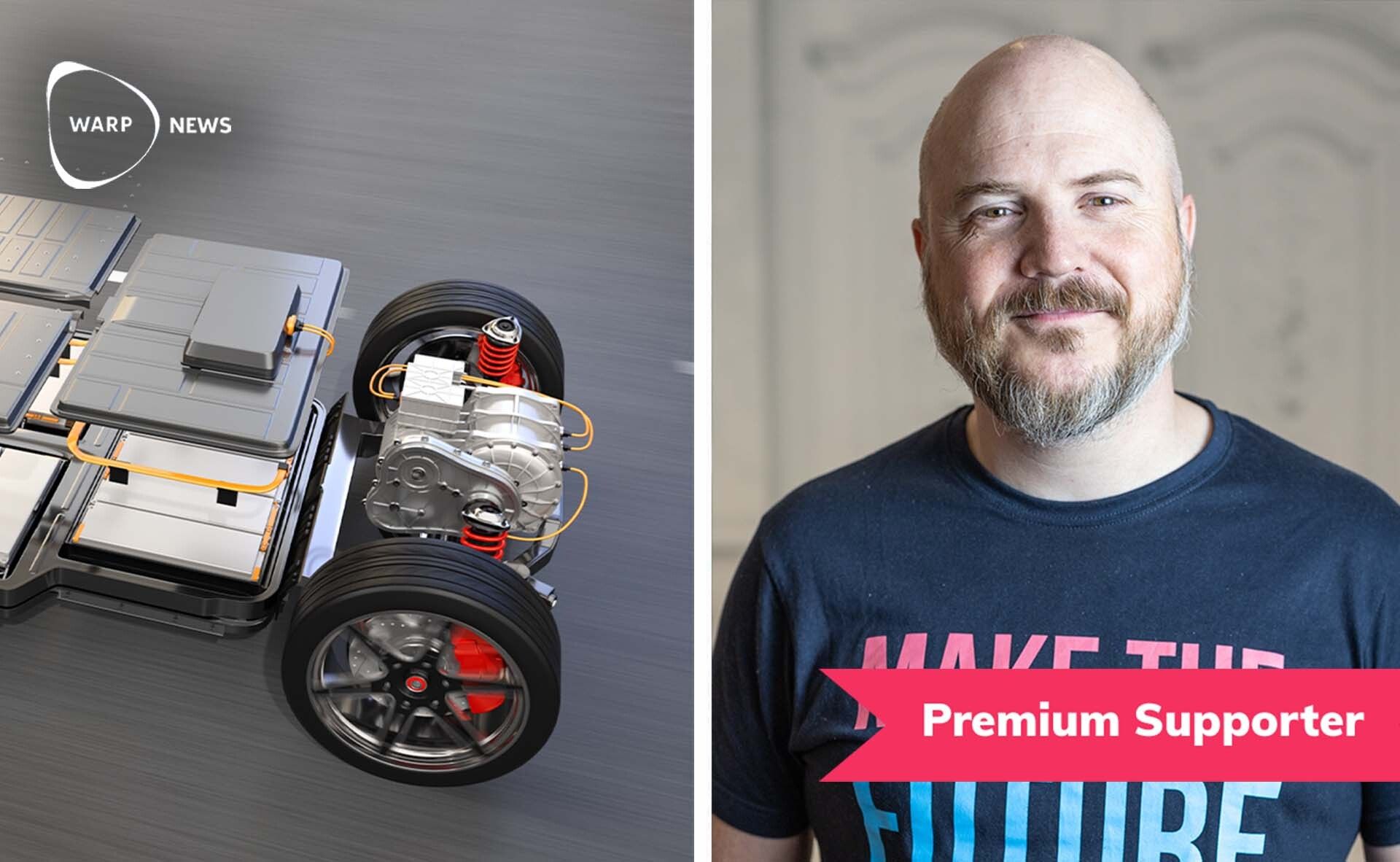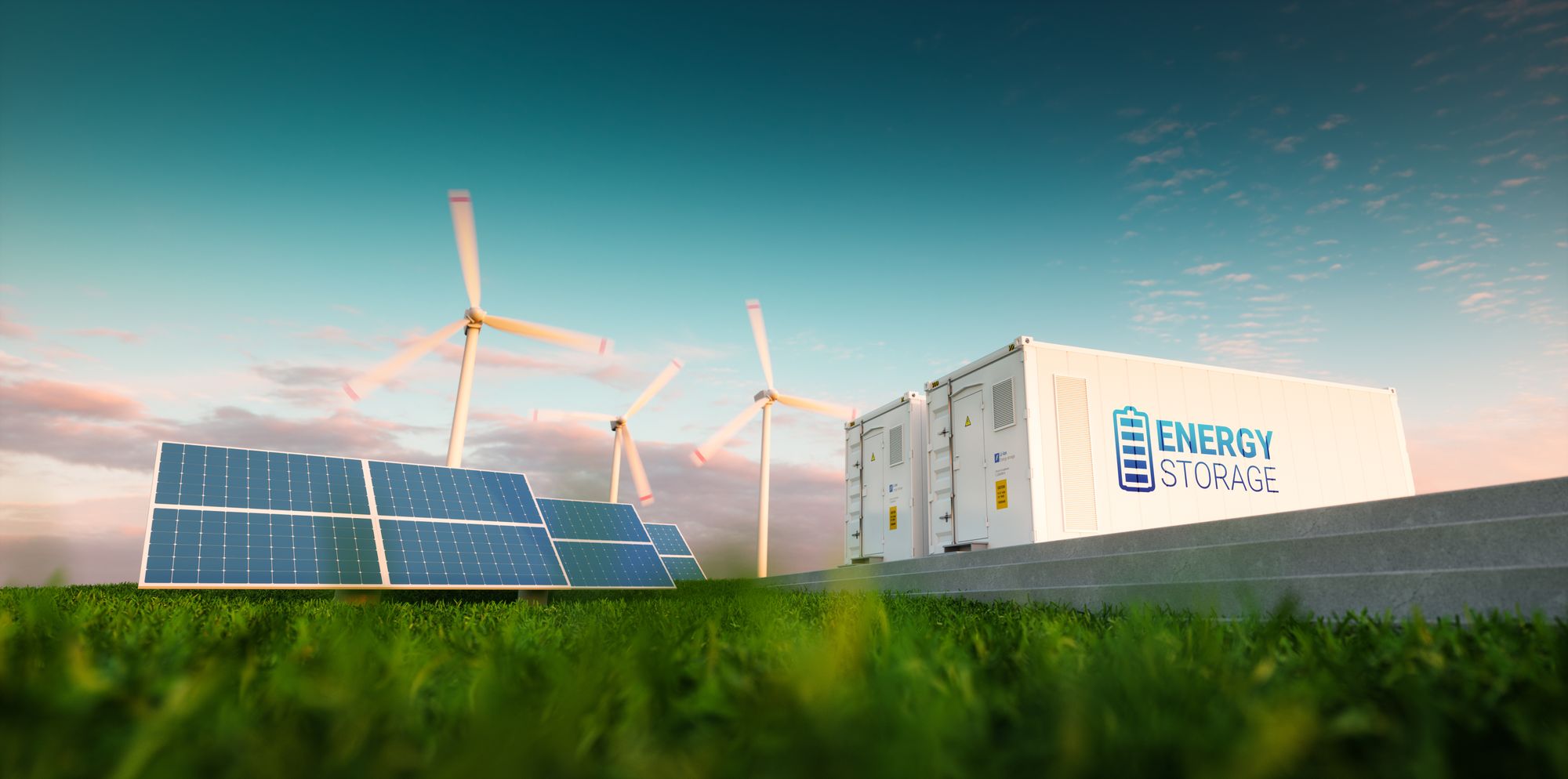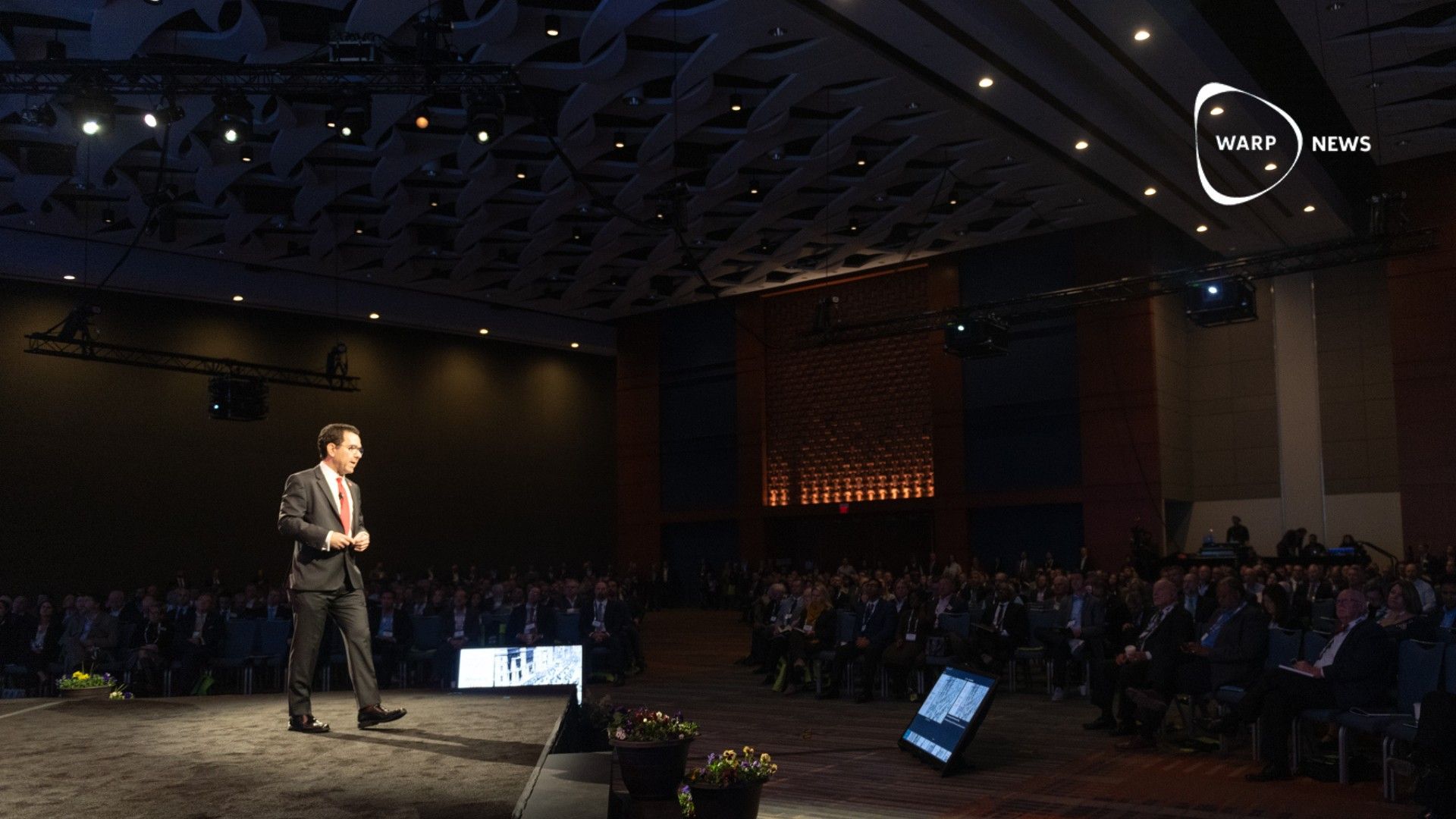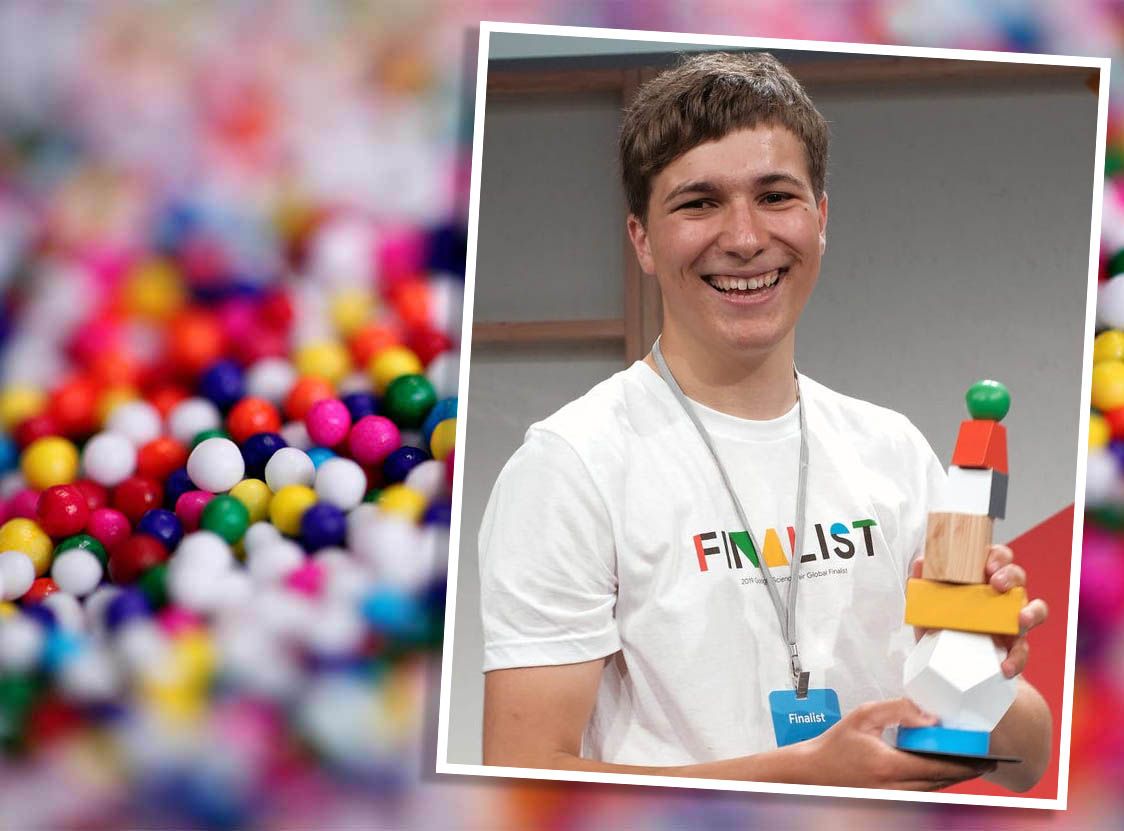
🥇 Young scientist wins Google Science Fair - his method removes eighty seven percent of microplastics from our water
Young scientist is creating a method to purify water from microplastics. Now he invites more researchers and entrepreneurs to work together.
Share this story!
Eighteen-year-old Fionn Ferreira started working on the idea when he realized that there was no working method for cleaning microplastics from wastewater.
But, how much plastic is there in the water we release and what kinds of plastic is it? A spectrometer could provide Fionn with answers to these questions. (In brief - the spectrometer transmits light through liquid. By analyzing how the light is refracted, one can draw conclusions about the content of the liquid.)
Since Fionn was far from laboratories and without the means to afford equipment, he built his own spectrometer - rather, he built many, before eventually having one that worked according to scientific standards.
An observation that Fionn made while out paddling remained in his head: many plastic particles were found in oil residues on the Irish shore. He recalled that non-polar particles (such as plastic and oil) are often connected...
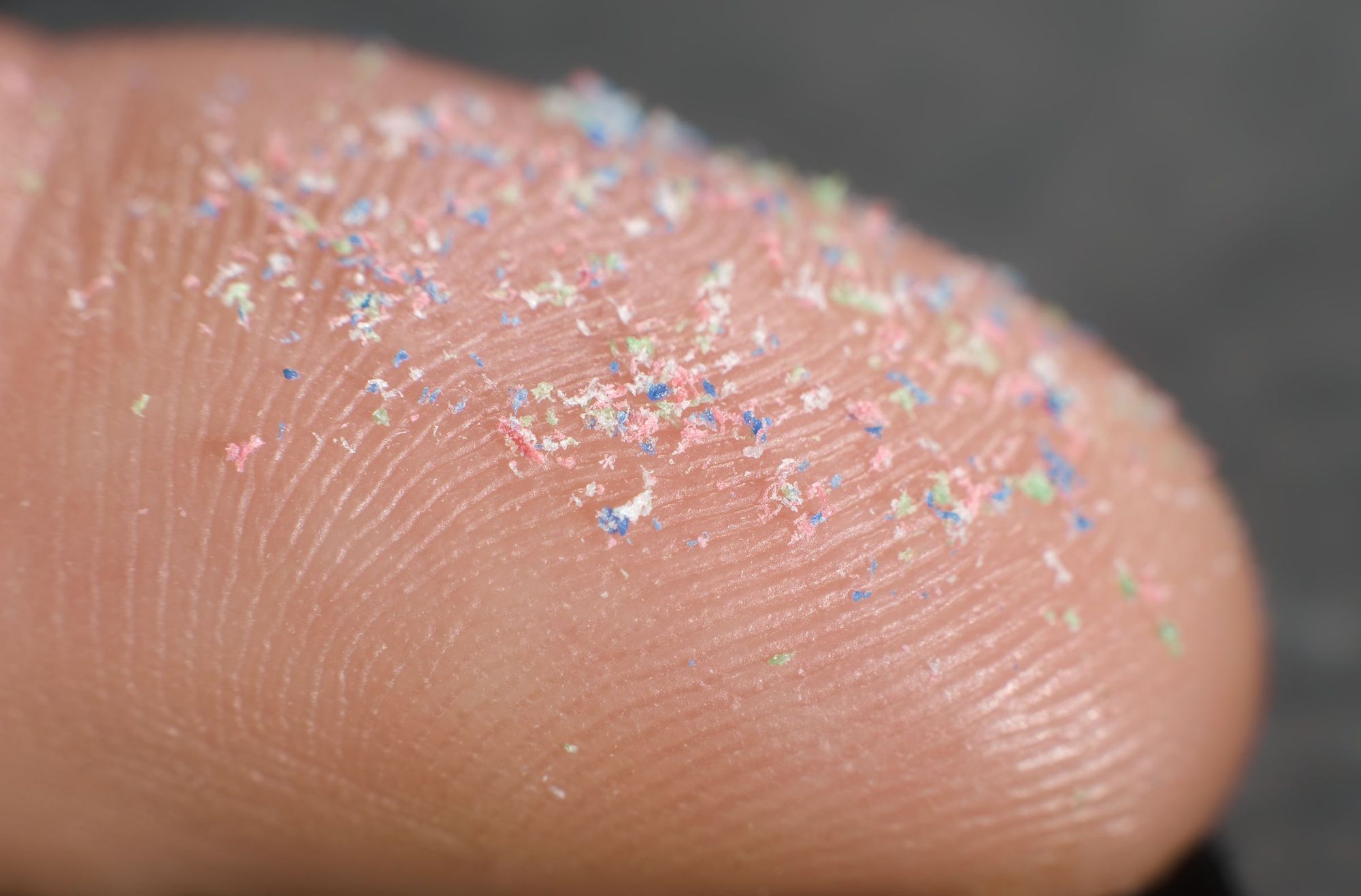
Maybe he could bind the microplastics to oil as a first step, then extract the pulp in some way? His studies at the University of Groningen in the Netherlands helped him take the ideas further…
In another context he had seen experiments with magnetic fluid - "ferrofluid". It looks like liquid iron file chips and is of course magnetic. If he managed to bind the microplastics with oil and mix in magnetic liquid maybe the water could be purified?
All said and done, he first created his own liquid containing plastics, then mixed in cooking oil and stirred. Finally, he added the magnetic material. Fionn finally lifted the mixture with the help of a magnet. His measurements showed a significantly lower concentration of microplastics. But how much lower?

To determine this, Fionn used a microscope and took pictures of what he saw when he examined water. He then reviewed the images in Photoshop and counted the particles in the liquid. By comparing the concentration of microplastics before and after purification, he saw what happened.
He repeated the experiment 1000 times, in order to provide a reliable figure. He explains more about the process in this video.
The result showed eighty-seven% lower levels of microplastics in the water samples. Eighty seven%!
In doing so, he secured the first prize in the Google Science Fair, a competition open to young people aged 13-18.
“Now for the hard part”: The next step is to create a practical application outside the lab environment and scale up the method.
The washing machines of the future may have a new part, which purifies rinsing water from microplastics more efficiently than today's physical filters? Ships could purify water from microplastics as they travel across the oceans? We need more crazy ideas to solve this.
Fionn emphasizes that it would of course be best if we did not release so much plastic in nature. Until we reach an acceptable level, he wants to inspire more researchers and entrepreneurs - young and old - to develop creative ways to solve the issue. You can find his own site here.
Part of the price of USD 50,000 will probably go towards the purchase of a new washing machine for Fionn's parents. He happened to pick apart their old one to study microplastics in the rinsing water extra carefully. Unfortunately, it failed to start again...
Let the future come faster!
P.S. The issue with plastics in our waters is often reported in media. Several organizations have been formed to speed up development. For example, the Plastic Soup Foundation, which announces that Coca Cola and Pepsi no longer oppose a tax on newly made plastics.
By becoming a premium supporter, you help in the creation and sharing of fact-based optimistic news all over the world.
